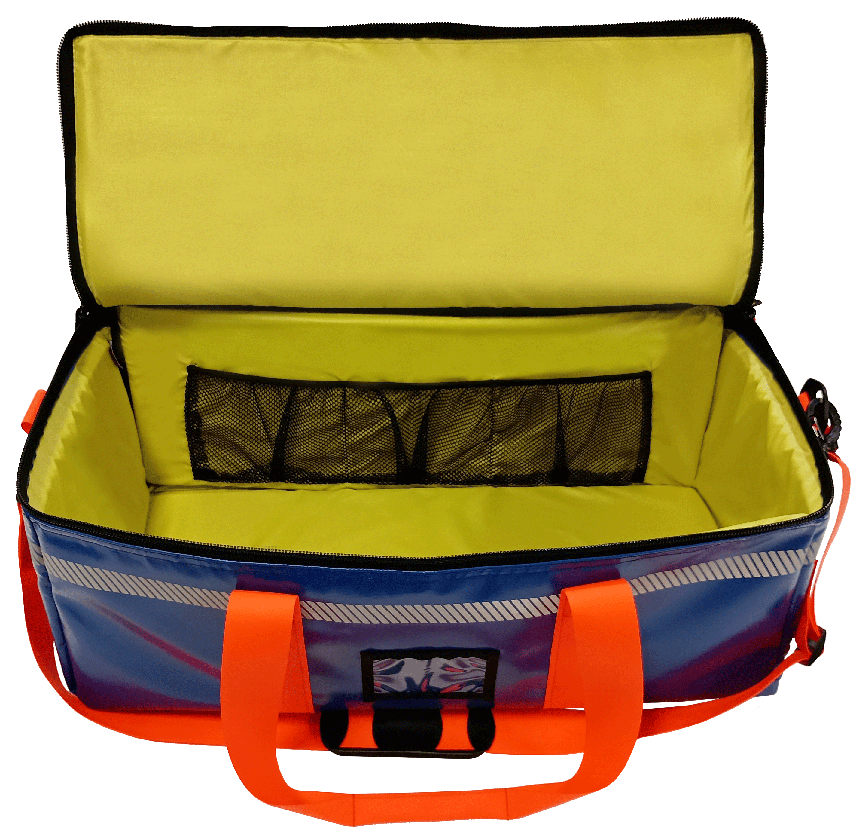Patient lifting tips & trends, delivered.
Lorem ipsum dolor sit amet consectetur. Convallis ullamcorper porta tempus mattis pretium elementum velit.
In this article
Blog Post Test 3

What Are Patient Lifting Devices?
Patient lifting devices are essential tools in healthcare settings designed to assist in the safe transfer of patients with mobility challenges. These devices help prevent injuries for both patients and caregivers, ensuring that transfers are conducted with minimal physical strain.
The use of patient lifting devices is crucial in modern healthcare due to the increasing number of patients with mobility issues, the need for safe patient handling, and the reduction of injury risks among healthcare workers. These devices enhance the quality of care and maintain the dignity of patients during transfers.
Types and Categories of Patient Lifting Devices
These devices help prevent injuries for both patients and caregivers, ensuring that transfers are conducted with minimal physical strain.
Manual Lifts
Manual lifts require physical effort from the caregiver to operate. These are typically used in settings with limited resources.
Electric Lifts
Electric lifts use battery power or electricity, making them easier to operate with minimal physical effort. They are suitable for frequent use in hospitals and nursing homes.
Bariatric Lifts
Bariatric lifts are specifically designed to handle heavier patients, ensuring safety and comfort during transfers.
What Are Patient Lifting Devices?
Patient lifting devices are essential tools in healthcare settings designed to assist in the safe transfer of patients with mobility challenges. These devices help prevent injuries for both patients and caregivers, ensuring that transfers are conducted with minimal physical strain.
The use of patient lifting devices is crucial in modern healthcare due to the increasing number of patients with mobility issues, the need for safe patient handling, and the reduction of injury risks among healthcare workers. These devices enhance the quality of care and maintain the dignity of patients during transfers.
Types and Categories of Patient Lifting Devices
These devices help prevent injuries for both patients and caregivers, ensuring that transfers are conducted with minimal physical strain.
Manual Lifts
Manual lifts require physical effort from the caregiver to operate. These are typically used in settings with limited resources.
Electric Lifts
Electric lifts use battery power or electricity, making them easier to operate with minimal physical effort. They are suitable for frequent use in hospitals and nursing homes.
Bariatric Lifts
Bariatric lifts are specifically designed to handle heavier patients, ensuring safety and comfort during transfers.
What Are Patient Lifting Devices?
Patient lifting devices are essential tools in healthcare settings designed to assist in the safe transfer of patients with mobility challenges. These devices help prevent injuries for both patients and caregivers, ensuring that transfers are conducted with minimal physical strain.
The use of patient lifting devices is crucial in modern healthcare due to the increasing number of patients with mobility issues, the need for safe patient handling, and the reduction of injury risks among healthcare workers. These devices enhance the quality of care and maintain the dignity of patients during transfers.
Types and Categories of Patient Lifting Devices
These devices help prevent injuries for both patients and caregivers, ensuring that transfers are conducted with minimal physical strain.
Manual Lifts
Manual lifts require physical effort from the caregiver to operate. These are typically used in settings with limited resources.
Electric Lifts
Electric lifts use battery power or electricity, making them easier to operate with minimal physical effort. They are suitable for frequent use in hospitals and nursing homes.
Bariatric Lifts
Bariatric lifts are specifically designed to handle heavier patients, ensuring safety and comfort during transfers.

